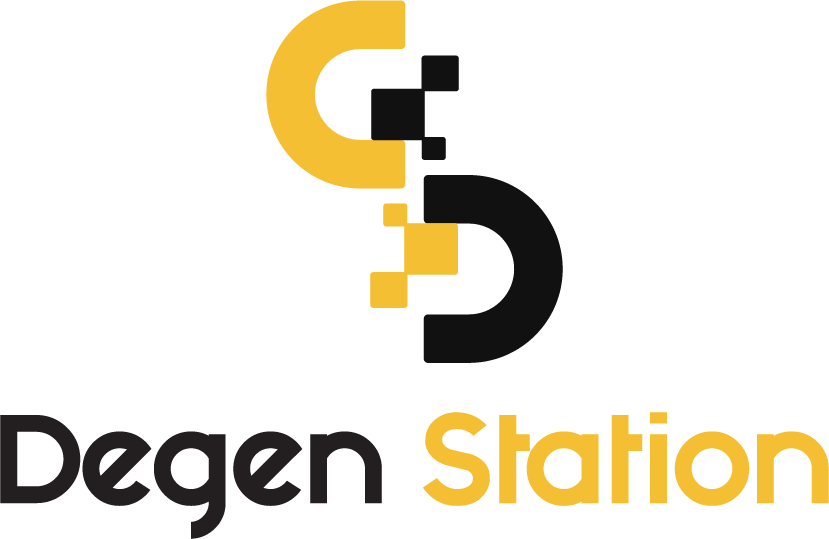Ethereum "Bids Farewell" to Goerli to Welcome New Holesky Testnet

Ethereum is gearing up for the launch of the new Holesky network after years of development, marking the impending "farewell" to the Goerli testnet.

Ethereum "Bids Farewell" to Goerli to Welcome New Holesky Testnet
Hello Holesky
Scheduled for September 15, 2023, Ethereum will initiate the Holesky testnet to enhance the testing capabilities of its ecosystem. With the introduction of this new network, Ethereum will bid farewell to its current largest testnet, Goerli.
Currently, Ethereum hosts two testnets: Goerli and Sepolia. These networks function as replicas of the original Ethereum blockchain, specifically designed for testing new dApps and simulating transactions.
Goerli and Sepolia operate with a smaller set of validators compared to the Ethereum mainnet, a setup that has posed challenges. Parithosh Jayanthi, a DevOps engineer at the Ethereum Foundation, commented:
“We don’t want large-scale issues to occur on Ethereum mainnet first. We want to catch them on the testnets first, hence the need for a larger testnet than Ethereum.”
Why Holesky? 🤔
— Ackee Blockchain Security (@AckeeBlockchain) August 11, 2023
Story similar why Görlitzer went Goerli.
Don't abbreviate it to 'holli'!https://t.co/IsPwJv3gBv
"Holesky" is derived from "Holesovice," one of the largest railway stations in Prague, Czech Republic. The name signifies a network with a larger set of validators that will eventually be self-operating and potentially larger than the Ethereum mainnet.
Additionally, another interesting discovery surrounding "Holesky" is that Ackee Blockchain Security found that its chain ID, 17000, corresponds to the postal code of this location.
In theory, as Holesky grows larger, testing infrastructure and deploying upgrades on the network will become challenging for developers. This aims to minimize technical glitches that could unexpectedly occur on the Ethereum mainnet in the future.
Similar to staking ETH to become a validator on Ethereum, users will also be able to stake Holesky ETH to secure the new network. Holesky aims to support at least 1.4 million validators, surpassing the total validators currently operating on the Ethereum mainnet (700,000) and Goerli testnet (512,000).
September 15, 2023, will mark the launch of Holesky, coinciding with the one-year anniversary of The Merge event—when Ethereum transitioned to Proof-of-Stake (PoS) and abandoned the Proof-of-Work (PoW) system. This milestone is considered one of the most significant in Ethereum's development history, following the Shanghai upgrade in April 2023.
Holesky is happening soon! We crowdsourced requests for running genesis validators and created a genesis state that's 1,460,000 validators: Roughly 2x mainnet! Genesis will happen in less than a month :D https://t.co/hh9OmABjoR
— parithosh | 🐼👉👈🐼 (@parithosh_j) August 22, 2023
- Read more: Comparing Ethereum Proof-of-Work and Ethereum Proof-of-Stake
The Ethereum Foundation's DevOps engineer further noted that Holesky will not be the final improvement in Ethereum's test environment.
“Holesky is being launched now, and we plan to cease support by 2028.”
Goodbye Goerli!
Initially named Holli, Holesky was aimed at providing advanced testing for the Ethereum development community, alongside Goerli and Sepolia.
However, as more developers flocked to the ecosystem, Goerli struggled to meet the increasingly complex testing needs of infrastructure and large-scale upgrades.
The most visible issues with Goerli were related to its native network token, Goerli ETH (GETH). In 2019, the testnet had imposed a fixed supply limit for the GETH token. Goerli's architects could not foresee how much activity the network would face, causing this limit to become a significant issue during periods of high network demand (such as The Merge, Shanghai...).
At times, GETH tokens became scarce, with prices reaching $1.60. The high cost of GETH became a bottleneck for developers, significantly raising the cost of experiencing decentralized applications (dApps).
Jayanthi noted that despite efforts to increase the supply of GETH, the only way to "root out" this problem was to initiate an entirely new testnet with a better token issuance system.
“Let’s start fresh. Now we have more ideas about the kind of network we want to build. Let’s continue with that.”
Holesky is not just an upgrade but also brings significant changes to the ETH testnet supply, corresponding to the 120 million ETH on the mainnet. With 1.6 billion ETH available, Holesky addresses the shortage of testnet supply across major testing networks. This allows developers to comfortably test and verify smart contracts.
Holesky is positioned as a replacement and possibly a completely new upgrade to Goerli to become the primary "testing ground" for Ethereum's infrastructure and core protocol upgrades in the future. The Goerli testnet will be discontinued to make way for Holesky's launch, despite proposals to retain this testing network.
On the other hand, Holesky's debut can also be seen as a milestone marking Ethereum's full eight years of maturity and development.





